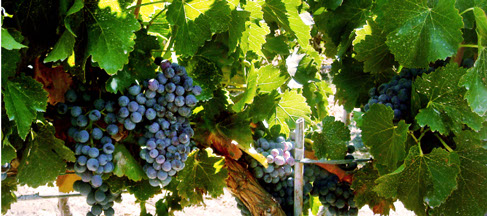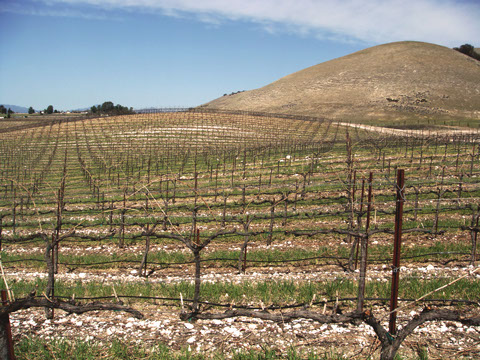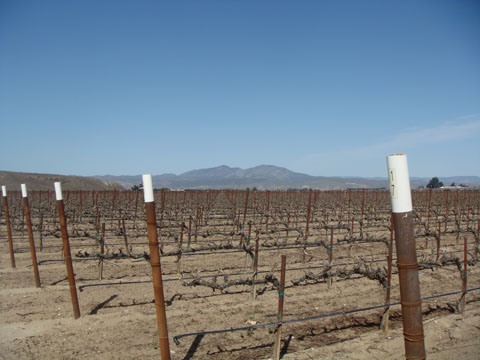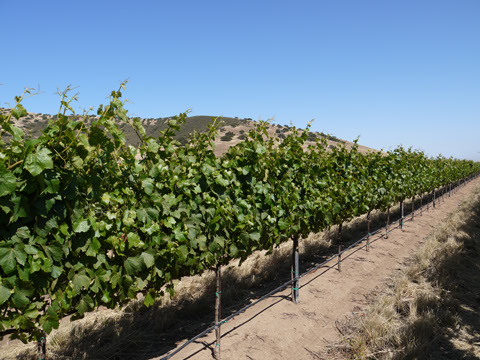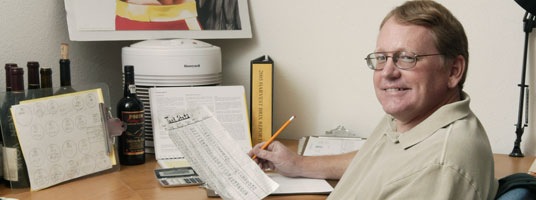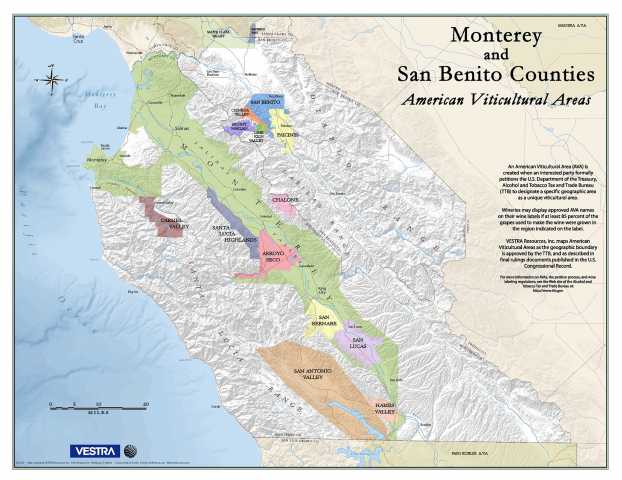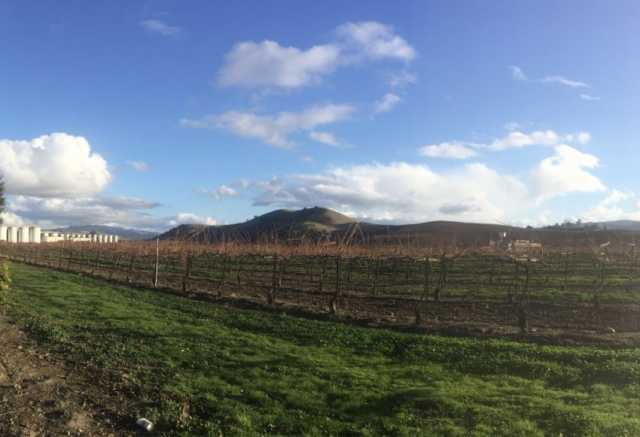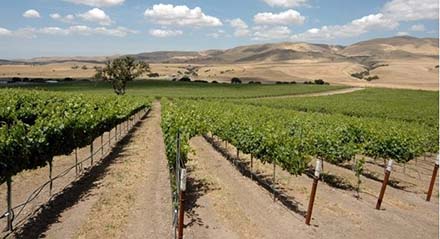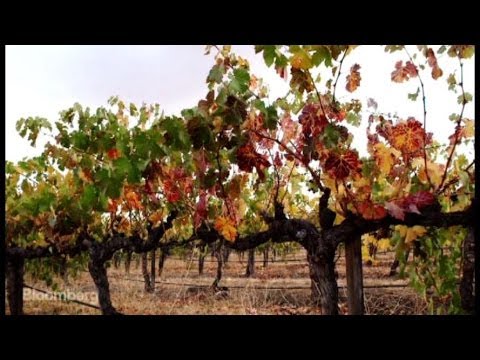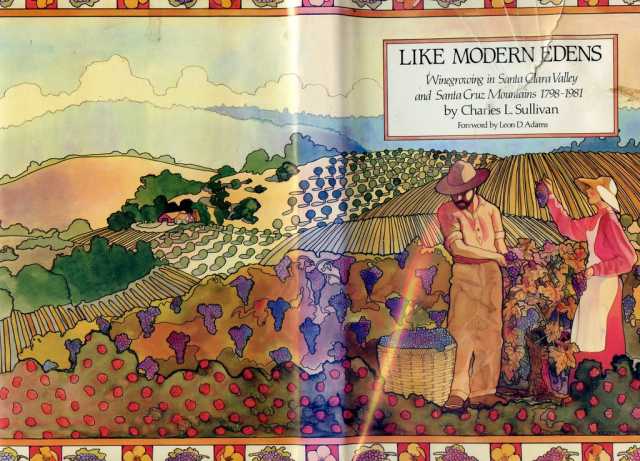Although the following piece focuses on the Italian varieties produced by Harrington Wines from vineyards across the state of California, my focus will remain on wines from Santa Clara/San Benito Counties.
Enoteca Marcella blog
“Harrington Wines: Teroldego, Lagrein, Marzemino, Montepulciano, Charbono, Nebbiolo”
August 31, 2014
"First off, let’s back up and ask why the heck are we at a winery in the middle of the city?
"…It actually makes a good deal of sense for Harrington to be located where it is, given that his grapes come from vineyards situated within a radius of about 100-200 miles in all directions (except west because that would be overly bizarre). There is Carignane from Mendocino, Marzemino from Lodi, Fiano from Santa Clara Valley, Lagrein and Nebbiolo from Paso Robles. The list goes on.
"…Stepping back to the Fiano
"Ooops! We forgot to try any whites. I happened to mention my upcoming trip to Campania so we went backwards for a minute to try his Fiano. His Fiano comes from the ‘Fratelli Vineyard’ on Hecker Pass Road in Gilroy. When he told me this, I knew it must be coming from Solis Winery, whose Fiano I’ve had many times before, and he said I was right. But 2013 was the last vintage. They ripped out the vineyard a few months ago in lieu of other non-wine-related projects.
"Very, very sad for many of us.
"The Fiano was planted in a part of the vineyard that is closer to Uvas Creek and therefore richer in river stone. The stones gave a nice mineral quality to the Fiano.
“Fiano, ‘Fratelli Vineyard’ 2012, Santa Clara Valley: Almonds, tropical fruit, and a faint notion of tannins; smooth but dry. A little heavy in the middle but still bright at the end.”
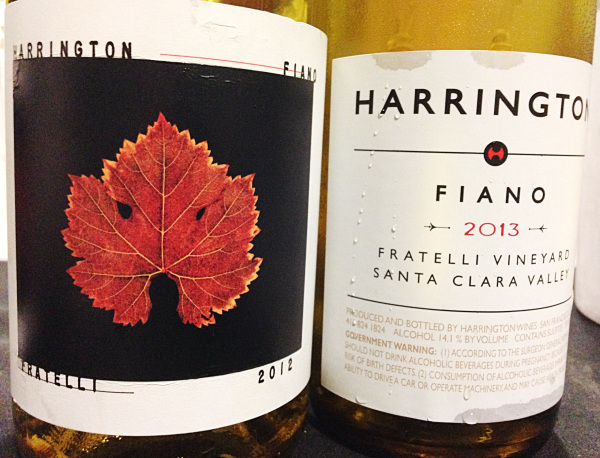
"Fiano, ‘Fratelli Vineyard’ 2013, Santa Clara Valley: Nutty, floral, leesy. Bright and clear on the palate and less fruity than the previous vintage. ★★
"A special treat: Trousseau
"‘Want to try the Trousseau? It’s not Italian,’ Bryan asks.
"'Heck yeah! I’d love to try the ‘True-so!’ (‘The what,’ I ask myself, searching the archives of my brain for any knowledge of this grape?).
"Trousseau is a rare dark-skinned grape from the Jura—it’s even rare there! And upon experiencing the Harrington Trousseau wine, I was immediately taken back to the mountains of Valle d’Aosta and remembered the wines made from grapes like Furmint and Cornalin. Those grapes produce dark red wines with pronounced black and red fruit, but also an herbal character, reminiscent of juniper, and the grip of minerals—altogether, the makings of a ‘mountain wine.’ So while Trousseau isn’t technically Italian, if you look at a map, you can see that the Jura is not really so far from Valle d’Aosta and I bet this grape is related somehow to the Aostan grapes.
"The Harrington Trousseau comes from the ‘Siletto Vineyard’, which is the spot of the old Almaden Winery’s experimental vineyards. The former president hung on to the spot and still maintains the vines. (Well Thank You, Sir!)
"Trousseau ‘Siletto Vineyard’ 2013, Cienega Valley: Black pepper, juniper, rose, licorice, a touch syrupy, black fruits, and strong tannins. ★★☆
"…Teroldego
"This bad boy comes from Trentino too. But Bryan’s came from the ‘Fratelli Vineyard’ (same place as the Fiano, above). Although they tore this one out with the rest of it. ![]()
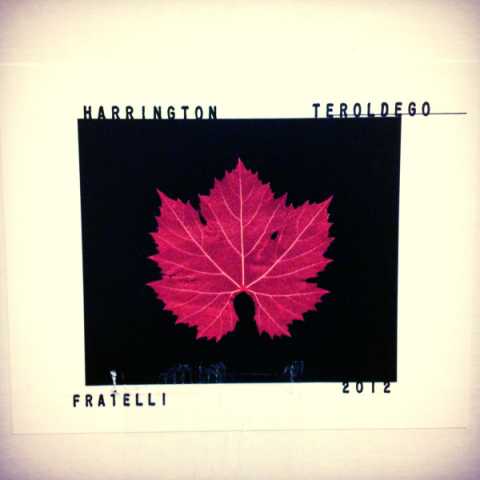
“Teroldego ‘Fratelli Vineyard’ 2013, Santa Clara Valley: Black fruit with scents of ash and moss; bold on the palate, a bit hot but the spice element helps to carry it up. Probably needs some age.” ★
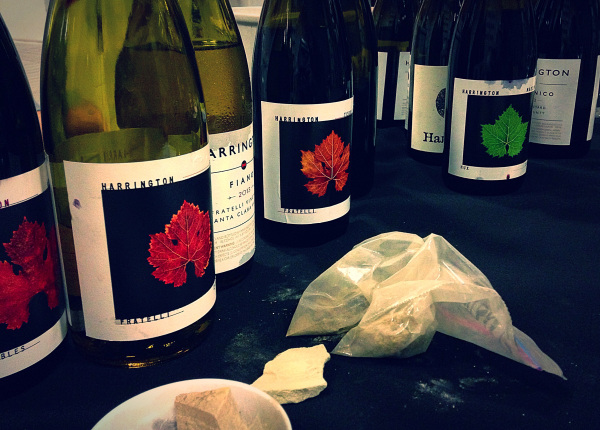
“…Harrington also makes Charbono, Grenache, Pinot noir, … the list goes on. And I haven’t yet even mentioned his ‘Terrane’ series, in which he uses oligomeric proanthocyanidins as a natural preservative in place of sulfur. You can find out more about this project on his website. I came across his ‘Terrane’ ‘Ben Lomond Mountain’ Chardonnay a couple of months ago at Vino Cruz in Santa Cruz. It’s an engaging wine; it tastes sincerely and tenderly expressive of Chardonnay.”
“* I first learned of Harrington Wines about a year ago at the Nebbiolo Festival in Paso Robles. One of Bryan’s trusted cellar helpers, Ken Zinns, was pouring a few different vintages of his Nebbiolo. Our mutual enthusiasm for the grape and other esoteric grapes revealed itself shortly. Over the course of the past year (thank you, social media), I learned that Harrington was making a lot more than Nebbiolo.”
Harrington Wines website:
http://www.harringtonwine.com

